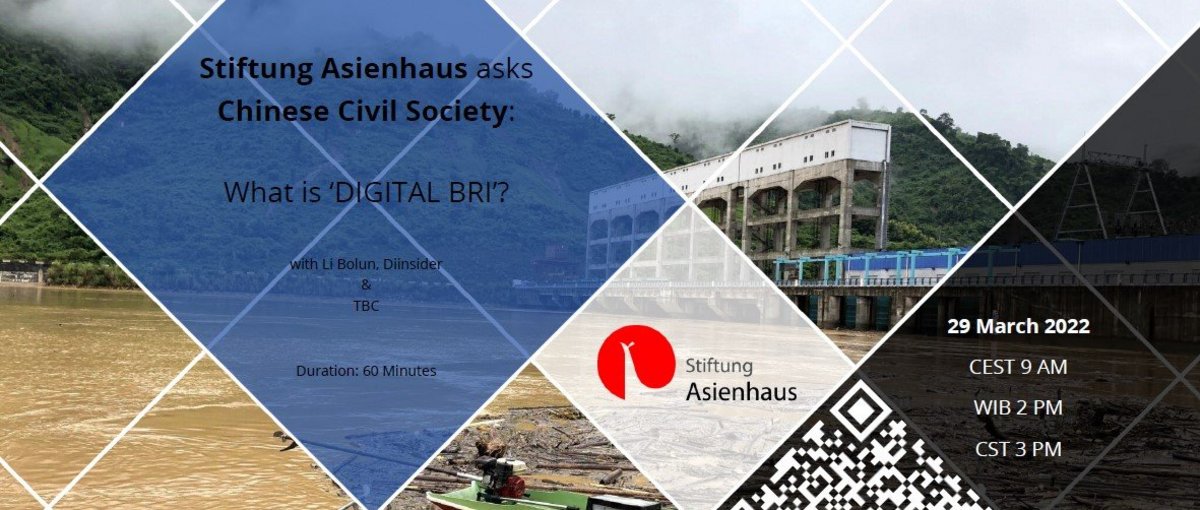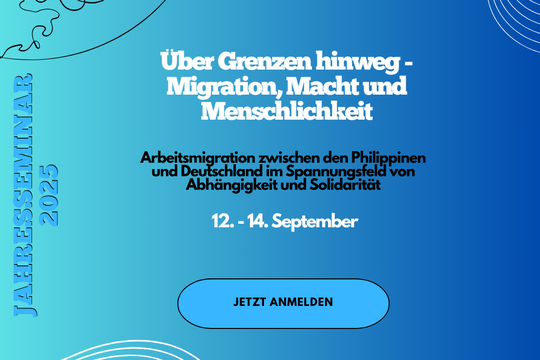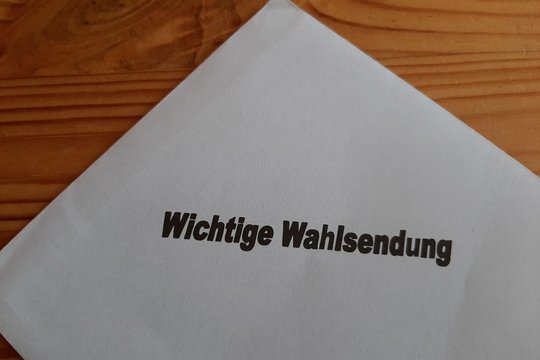In the first part of the session, Li Bolun, co-founder of Development Innovation Insider (Diinsider), presented his perspective on digital trends in the context of Chinese overseas investments. His elaborations were based on his work experience in China, Africa and Southeast Asian countries such as Myanmar and an observer of the BRI and its digital ramifications since 2017.
Li Bolun set out from the confusing meaning of the term ‘Digital BRI’. The term cannot be boiled down to a specific strategy, according to him. Rather, the digital sphere is interconnected with many other fields of the BRI such as the health and e-commerce sectors. In most cases, ‘Digital BRI’ can be broken down to concrete projects, e.g. the China International Development Cooperation Agency, chin. 国家国际发展合作暑, seeking to learn from other countries’ digital development strategies. In that sense, new digital technologies can empower many different sectors and projects, including those connected to sustainable development. These potentials are already used by Chinese civil society organisations domestically and are going to be applied to the field of development cooperation.
Li Bolun specifically identified two trends to watch:
1) Since the beginning of the COVID-19 pandemic, digital health cooperation is being strategically expanded by the Chinese government. There are various projects such as platforms for online diagnosis. According to Li and based on research by Diinsider’s Beijing team , most of these projects in digital health cooperation are rolled out by private Chinese companies since the private sector has more technical and financial capacities.
2) Remote sensing, that is the prediction and mapping of natural cycles and occurrences through digital means, becomes more and more important in agriculture. For example, CropWatch is a remote sensing platform by the Chinese Academy of Sciences active in African and Asian countries providing services to governments and local communities. The mapping technology of remote sensing has also proved to be useful in forest protection, disaster management (e.g. Feiyan Remote Sensing) and smart agriculture (e.g. XAG).
Li Bolun suggested that there is a lot of room for Chinese civil society organisations to engage in the digital field of the BRI. He saw a potential in the cooperation of civil society organisations, the public and academic sector to come up with sustainable solutions. Unfortunately, civil society organisations still lack the capacity and resources to rise to the challenge.
The following discussion dealt with the continuing lack of capacity of civil society organisation to internationalise in the context of digital projects overseas and their lack of experience in how to reach out to local communities and address their issues. Still, even if processes are slow and outcomes small, Li advocated the role of Chinese civil society organisations in direct support and networking for the right stakeholders to address. Li underlined that it was important to look at specific projects and affected communities instead of ‘Digital BRI’ in general. As some participants emphasised trust is an important precondition in order to bring Chinese civil society organisations and local communities and organisations together, may it be in bilateral or trilateral cooperation frameworks.
Nehuen Stoppa









